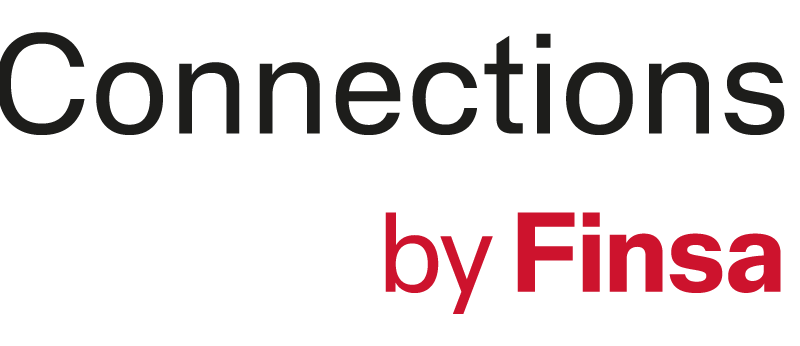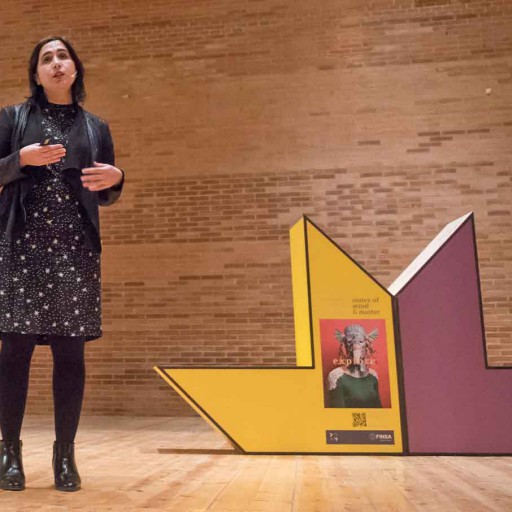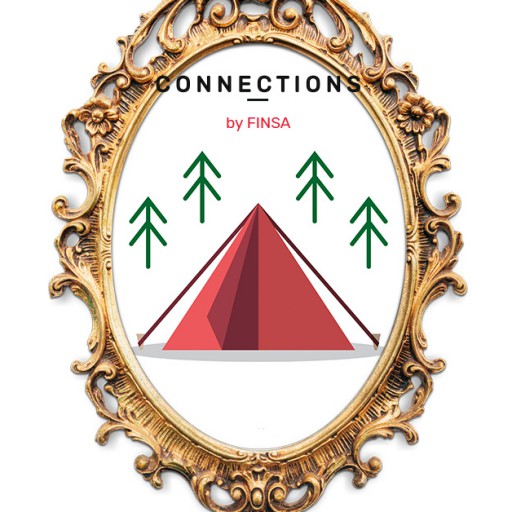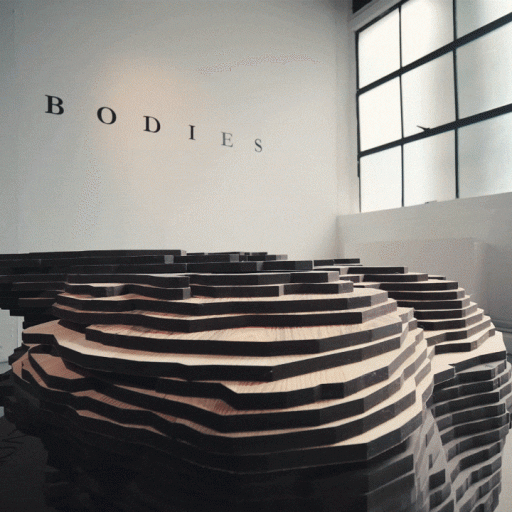A Panda da Dá, the 410-hectare estate located in Galicia and owned by Finsa, already has the winning team from the architectural competition held with the RIA Foundation to turn the space into a benchmark for innovation in the forestry sector, providing it with different uses: social, informative and leisure.
We spoke with Atelier Ander Bados, Estudio Copla (Betsaida Curto), Bamba Studio (Juan Carlos Bamba), TO (Jose Amozurrutia and Carlos Facio) and the environmentalist and landscaper Senén Rivero to learn the keys to this project and their vision of architecture and its impact on society.
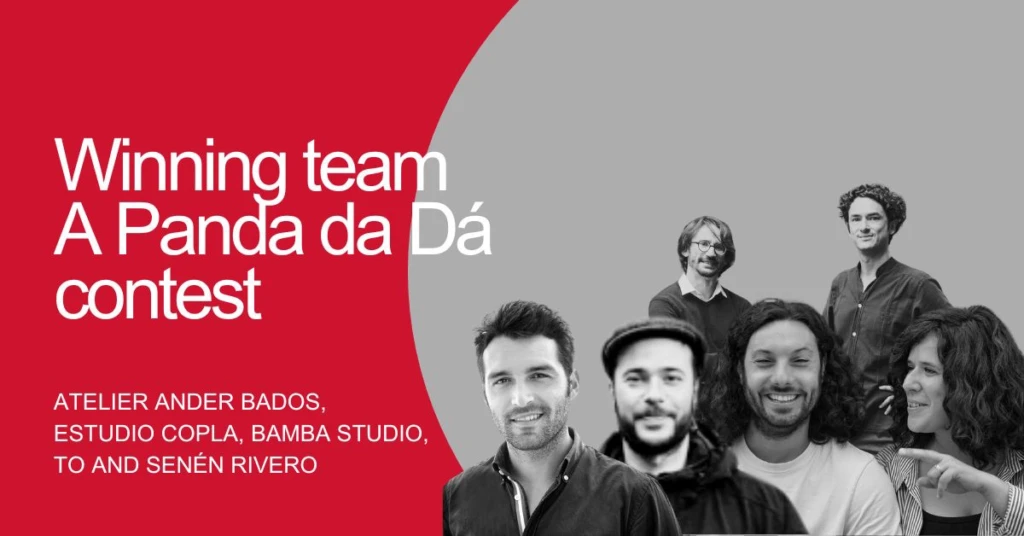
How did you meet and how did you come to the A Panda da Dá project?
Jose Amozurrutia: The team (Juan Carlos Bamba, Ander Bados, Betsaida Curto, Carlos Facio and I) met at the MCHAP award, the Mies Crown Hall America’s Prize in Chicago, where we were all finalists with different projects. At this event, we met and became very good friends.
When this call came out, close to Betsaida and Ander, because they studied in Galicia, they shared with us that it required putting together an interdisciplinary team due to their strong focus on sustainability, the environment, and architecture, of course. They created a very well-rounded team with profiles like Senén, an environmentalist and landscaper, whom we met through the competition.
The moment we saw this call, we were deeply moved by the love the estate’s users have for the site, for the artistic and musical activities they do with the people in the summers. Although Finsa is a wood company, it is interested in building a community. And for us, as people, that’s what motivates us most: collaborating and being together.
Senén Rivero: I find it a particularly interesting project because of the opportunity it offered to complete the entire wood cycle on a single property. Go from planting the tree to processing it into a building material. In our project, we’re thinking about utilising all the byproducts that pine produces, such as biomass, so we can heat and cool homes. Adding to this, the recreational or non-productive use that a pine forest may have. It is a unique opportunity. There aren’t many places where you can work with a client who allows you to delve so deeply into sustainability and has the resources to carry it out.
Betsaida Curto: Ander and I work a lot in Latin America on very social issues, on sustainable architecture. We find what we are passionate about and what moves us architecturally and socially. That such a large company would launch a competition so marked by these components seemed like a dream to us because it’s very difficult to find something like this in Spain.
Why is it difficult to find socially and sustainably impactful projects in Spain?
Ander Bados: My experience, from what we have worked on in Peru and Mexico, is that there comes a time when humanity becomes corrupted in some way, or we allow ourselves to be corrupted. Let me explain: in some areas of these latitudes, labour is still being done. You give your time to the community for the common good. When interests such as economic ones are mixed, this becomes more difficult to maintain.
Carlos Facio: From our perspective, this Latin American condition has always been a double-edged sword, sometimes pointing towards informality, but at other times looking towards flexibility and offering a lot of potential. We have all the laws, but sometimes we find a way to, without overriding justice, manage a greater range of movement. I feel that sometimes these rigid regulations of a Eurocentric world can cut off the possibilities of forging paths. This has become a problem in places like the United States or in some European countries, where regulations are already so rigid that the paths to creativity are often much more restricted. In Latin America and a significant portion of Europe, and many other countries around the world, they still have these possibilities of finding different ways to solve problems.
Betsaida Curto: I think that in Spain we have gone too far in terms of “progress”, in the sense that we value what shines the most as the best, instead of appreciating the land and what is local. It is not only seen in architecture but also appreciated in all the arts. Partly I suppose it is due to a lack of trades. I hope this will permeate the competitions and that they begin to consider the importance of not just a building with a function, but also its impact on the population.
Ver esta publicación en Instagram
What do these projects in other latitudes inspire you?
Ander Bados: The participatory processes we have carried out in Latin America, putting the community at the centre. This is exactly what we applied at A Panda da Dá: for it to be a success, it had to be considered like another village, or like a parish, where everyone is more horizontal, seeing it as a place to go and where there are not only researchers.
Carlos Facio: As a team, we would have acted in a very similar way if the A Panda da Dá project were in India, South America, or the United States, given that we had this diversity and these different perspectives and a territory with such an incredible tradition that made a very careful reading necessary. The first sessions were very enjoyable because we began to talk about the territory, traditions, and materials, and we concluded that roots are not only due to climatic issues, but clearly also operate from a cultural perspective.
Betsaida Curto: Ander, Senén and I have found it very useful to leave Spain and return, because it has made us see with different eyes issues that are relevant to this project, such as community celebration. In this way, thanks to the fresh perspective, we were able to combine things like festivals or simpler routes. This way we don’t spoil tradition by becoming modern. This understanding is something we’re very proud of, the social component with all those technical analyses of the farm, those routes, and that space provided for people to share.
Your project is based on community building and collaboration from the very formation of the team.
Betsaida Curto: I believe in collaboration, and I don’t know if it’s out of necessity or because I really learn a lot by breaking away from the old conception of architecture, which was more focused on the signature of a single person. I believe that this vision has never been very realistic, and it is no longer so today. In these types of projects, which are on a larger scale, teaming up with people you admire and can learn from only creates rich proposals. The future of the profession lies here.
Jose Amozurrutia: We live in a time of various crises affecting the world – climate change, global warming, social differences… – where we are increasingly aware that what matters most is investing time and attention in the social and environmental causes that most merit it. Collectiveness and community in architectural teams are a positive tool that builds solutions to these crises.
What relevance does the use of wood have in your projects?
Carlos Facio: It’s an environmental emergency, although here in Mexico, there’s tremendous illegal deforestation, and it has to do with 500-year-old pines being cut down uncontrollably to then generate wood for concrete formwork, which has a single use and is discarded. We are committed to a much more sustainable wood cycle, promoting deforestation control and reuse, and therefore the capture of CO2 in wood. Despite these advantages, in Mexico, there are many factors that are always working against it: from the client to the users themselves, there is a fear of using it due to various conditions related to the idiosyncrasies of our territory. For this reason, we always celebrate the possibilities of using it from a circular perspective.
Betsaida Curto: Wood is the material with the most future and the most past. There’s been a public criticism: that it doesn’t last, that it can’t stand up to me, that I have to varnish it… And then you see a 500-year-old wooden granary that’s still there in perfect condition. Revaluing wood is our responsibility as architecture professionals: remember that it is one of the noblest materials with the most possibilities. This clashes with the tendency to want everything now and without maintenance, but at the same time, we want the appearance of wood. It’s up to us to introduce the public to the quality and features of this material that have always worked so well.
Jose Amozurrutia: Especially the haptic qualities. Wood was also a living being and having it always nearby is a privilege. We must understand the processes, the places, the times, and the temporalities. The trees at A Panda da Dá must grow for 30 or 35 years to be usable, and after felling, they are replanted. Making that whole process visible is what I find interesting in any material.
Senén Rivero: It seems like you have to apologise for cutting down a tree, when in reality it might be the best thing you can do for the environment today, because it’s one of the most sustainable materials. Specifically, A Panda da Dá shows the productive part of the forest as part of a process where there is complete traceability of materials.
Ver esta publicación en Instagram
How do you understand architecture?
Betsaida Curto: I don’t know very well how I see it because it is very difficult when you are inside. What I’m very clear about is how I would like it to be seen: as an art with a huge social component. Architecture is implanted in a territory where there are people, so, apart from the artistic component, it must be very finely woven into society. And then come the rest of the components, such as sustainability. I always think about what we can do to enrich projects and how you serve people, being that psychologist who will make your building change your life for the better.
Jose Amozurrutia: In each project, in some way, architecture is reinvented. It’s like a spore that absorbs information to take it and interpret it with ideas that come from many places to improve people’s living conditions. And I think that’s what allows it to be redefined in each project. In my case, it becomes a reason for always imagining things. It’s like travelling and getting to know each other, an adventure. In that sense, interdisciplinarity and multidisciplinarity have become the way I understand architecture.
Carlos Facio: We have understood it as a language and a form of knowledge. The most sophisticated form of human knowledge is art. Because it raises even more questions about certain things we can’t even name. And there, architecture plays a role, or at least it moves in that realm that we find very seductive and very intriguing.
Ander Bados: Something that catches my attention is project photography. It is an ode to the materials and not to the people who live in them. Empty spaces are prioritised, and if people do appear, they are blurred, moving around… I think this is an example of how far removed from society we sometimes are.

